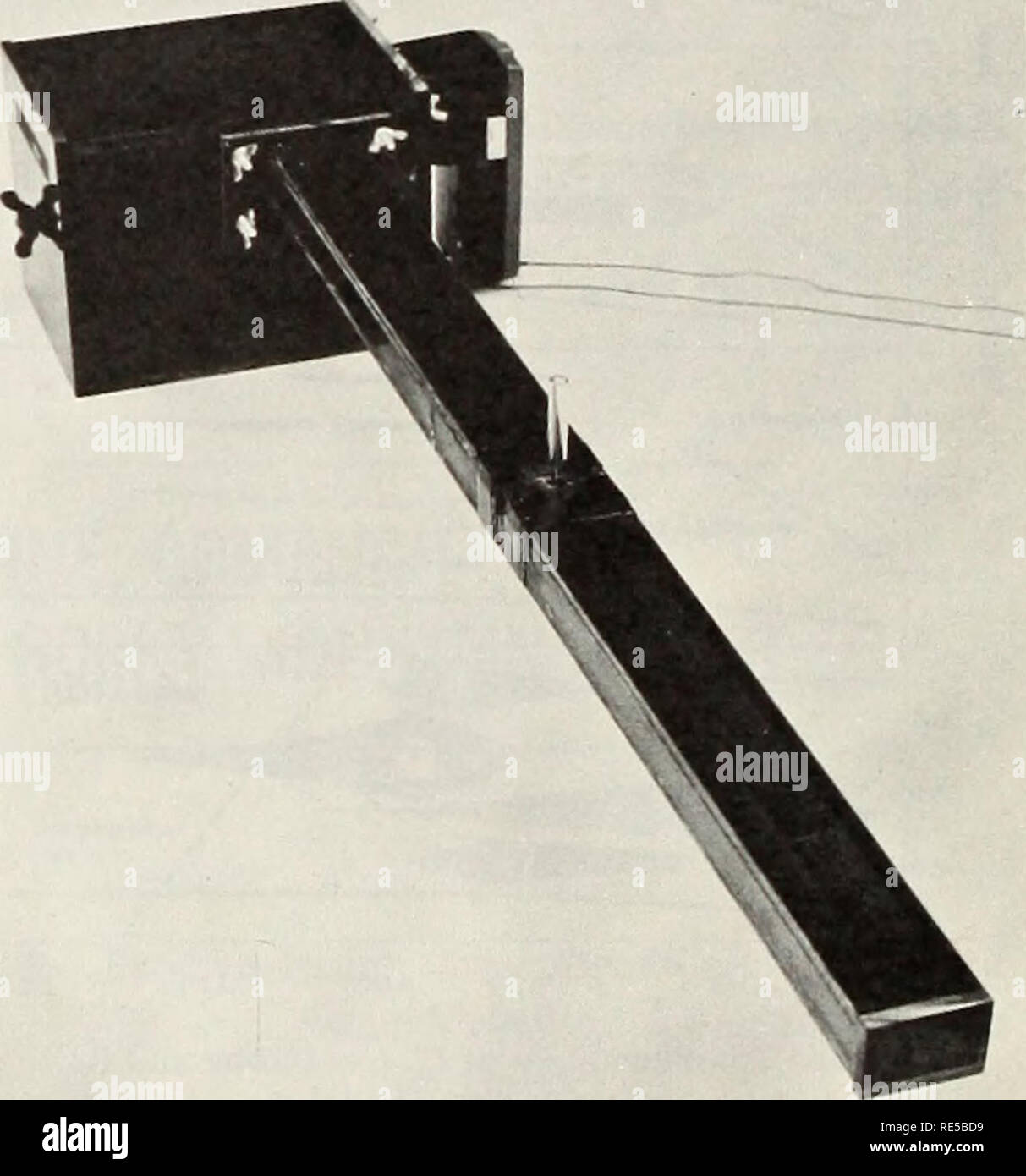. Cronartium comandrae in the Rocky Mountain States. Cronartium comandrae Rocky Mountains Region; Fungi Rocky Mountains Region. 15 30 JUNE Figure 16.—Phenology of C. comandrae and lodgepole pine at four elevations of simi- lar aspect in Wasatch National Forest in 1965. The bars represent presence of spores of various stages: aecial, pycnial, uredinial, and tehal. Relative frequency and duration of sporulation are indicated by vertical and horizontal extent of the bar, as in figure 15. Growth of pine in terms of branch shoot length is shown by the curves; comandra was absent at the two higher e

Image details
Contributor:
The Book Worm / Alamy Stock PhotoImage ID:
RE5BD9File size:
7.1 MB (176.8 KB Compressed download)Releases:
Model - no | Property - noDo I need a release?Dimensions:
1527 x 1636 px | 25.9 x 27.7 cm | 10.2 x 10.9 inches | 150dpiMore information:
This image is a public domain image, which means either that copyright has expired in the image or the copyright holder has waived their copyright. Alamy charges you a fee for access to the high resolution copy of the image.
This image could have imperfections as it’s either historical or reportage.
. Cronartium comandrae in the Rocky Mountain States. Cronartium comandrae Rocky Mountains Region; Fungi Rocky Mountains Region. 15 30 JUNE Figure 16.—Phenology of C. comandrae and lodgepole pine at four elevations of simi- lar aspect in Wasatch National Forest in 1965. The bars represent presence of spores of various stages: aecial, pycnial, uredinial, and tehal. Relative frequency and duration of sporulation are indicated by vertical and horizontal extent of the bar, as in figure 15. Growth of pine in terms of branch shoot length is shown by the curves; comandra was absent at the two higher elevations. aspect in adjacent Idaho. Temperature and relative humidity were recorded by hygrothermographs in shelters (Hungerford 1957) that were placed so that the sensors were about 4 to 6 feet high near cankers of lodgepole pines and about 0.5 foot to 1 foot high near comandra plants. Precipitation was measured by recording rain gages located in open areas near comandra. Fifteen branch leaders and 30 current-year needles of lodgepole pine, and 15 shoots of comandra were marked and measured weekly. Pollen casting by pine and flowering of comandra were noted. Presence of aecia and pycnial oozing were recorded for 15 cankers in each plot. Development of uredinia and telia on the 15 marked comandra shoots in each plot was also noted. Periods of spore dissemination were determined by spore traps (fig. 17) placed near sporu- lating structures of infected plants. Seasonal traps consisted of petrolatum- or glycerine-jelly-coated glass microscope slides on a continuously moving belt; an opening above the slides allowed each point on the shdes an exposure of 6 hours to deposition of spores by gravity. Trapping was also done intermit- tently by a suction trap somewhat similar in oper- ation to the Hirst trap (Hirst 1952). Microscopic examination of slides showed the presence of spores, and their position along the slides showed when spores were trapped. A summary of spore-trapping da